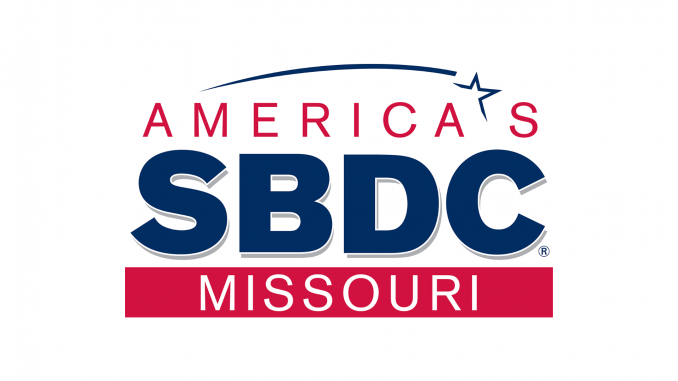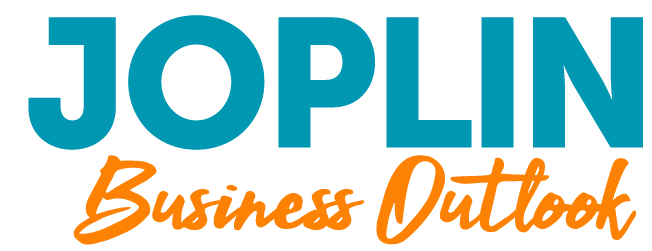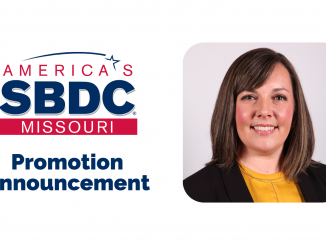
By Kenneth Surbrugg, Business Consultant, Missouri Small Business Development Center at Missouri Southern State University
It is difficult to operate any for-profit or nonprofit organization without customers. Without paying customers (or donors), how can any organization stay open? This brings up an important question: Who is your customer?
In the book The Startup Owner’s Manual: The Step-by-Step Guide for Building a Great Company by Steve Blank and Bob Dorf, customer discovery is explained as a process where an entrepreneur creates different hypotheses about their business idea and then tests each one to determine if the ideas are valid. If the experiments are not generating supporting results, then the entrepreneur may need to pivot in another direction or stop and try another idea. Customer discovery is about testing customer perceptions about a problem and the customer’s need to solve it. Customer discovery is about presenting potential customers with a solution that will solve their problem well enough to persuade them to purchase the product.
Customer discovery is not about building a solution to a perceived problem with the hopes of making money. This build-a-product-and-then-find-a-customer approach leads to failure more often than success. In order for the build-first-and-hope approach to be successful, the entrepreneur needs to be right about the problem, the solution, the size of the market, and the customer’s need to have a problem solved using the entrepreneur’s product. That is a very risky, and potentially expensive, approach to business.
I heard a story about an inventor that spent the better part of nine years developing an innovative new technology. Nine years. After the technology was developed, the inventor discovered that there wasn’t a demand for their technology and that the customer problem was not important enough to warrant buying this new product.
Customer discovery seeks first to understand the customer, the problem the customer is trying to solve, and the level of importance that the customer places on finding a solution. This process allows an entrepreneur to better understand the market first before investing in a full-run production of a solution.
Customer discovery starts with an idea. This idea is molded and shaped over time to come up with a business model, which can be explored using the Business Model Canvas. The Business Model Canvas is a nine-block diagram that “covers the four main areas of a business: customers, offer, infrastructure, and financial viability” (Business Model Generation, p. 15). Through this model, founders and managers can create multiple hypotheses about their business model, test their theories, and then pivot as needed.
From the book Business Model Generation, the nine-blocks that comprise the Business Model Canvas are:
- Value Proposition: The bundle of products and services that create value for a specific customer segment.
- Customer Segments: Defines the different groups of people or organizations the business aims to reach and serve.
- Channels: Describes how a business communicates with and reaches its customer segments to deliver a value proposition.
- Customer Relationships: Describes the types of relationships a company establishes with specific customer segments.
- Revenue Streams: Represents the cash a company generates from each customer segment.
- Key Resources: Describes the most important assets required to make a business model work. Can be financial, human, intellectual, and/or physical.
- Key Activities: Describes the most important things a company must do to make its business model work.
- Key Partnerships: Describes the network of suppliers and partners that make the business model work.
- Cost Structure: Describes all costs incurred to operate a business model.
For example, suppose an entrepreneur has an idea for a new product that they believe area high school students will want to purchase. Instead of building it first and then seeing who is interested, the entrepreneur can develop the idea into a business model, test its key feature, and then pivot as necessary. From what the entrepreneur learned during these trials, they can either proceed to launch the product as intended, launch the product and focus on a new customer segment, explore a different product and customer segment, or scrap the idea if there is not enough evidence to suggest success.
This process does not have to take a lot of time, but it has to take enough time to validate hypotheses and justify the investment in this new idea. It is about getting out from behind the desk and learning from your potential customers. Blank and Dorf emphasize that customer discovery is about the process of discovering a problem that a potential group of customers have, determining if that problem is worth solving, and then coming up with a solution to that problem that generates customer willingness to buy.
The Missouri Small Business Development Center hosted at Missouri Southern State University is offering a three-part training event focusing on customer discovery. Information about these trainings are below.
SESSION 1. Customer Discovery: Unlocking the Mystery for Success (Part 1 of 3)
Wednesday, August 30
4:00 pm – 5:30 pm
Cornell Auditorium in the Robert W. Plaster Free Enterprise Center, Missouri Southern State University, 3950 Neman Road, Joplin, Missouri 64801
SESSION 2. Customer Discovery: Unlocking the Mystery for Success (Part 2 of 3)
Wednesday, September 13
4:00 pm – 5:30 pm
Cornell Auditorium in the Robert W. Plaster Free Enterprise Center, Missouri Southern State University, 3950 Neman Road, Joplin, Missouri 64801
SESSION 3. Customer Discovery: Unlocking the Mystery for Success (Part 3 of 3)
Wednesday, September 27
4:00 pm – 5:30 pm
Cornell Auditorium in the Robert W. Plaster Free Enterprise Center, Missouri Southern State University, 3950 Neman Road, Joplin, Missouri 64801
For more information about any training event hosted by the Missouri Small Business Development Center, please visit www.mssutraining.com and click on “View Events.”







Be the first to comment